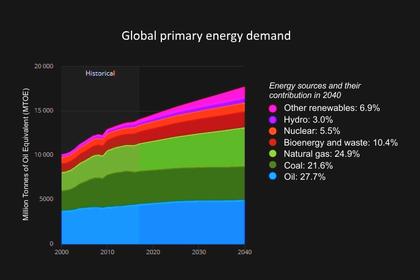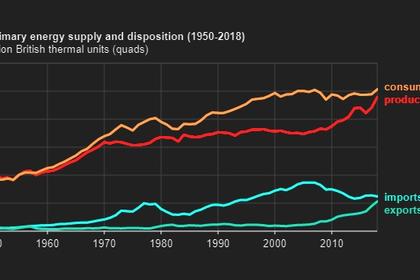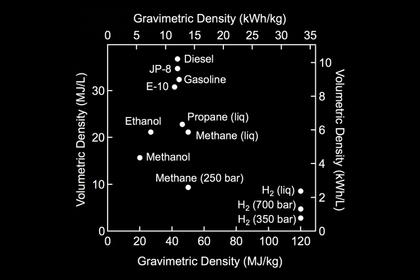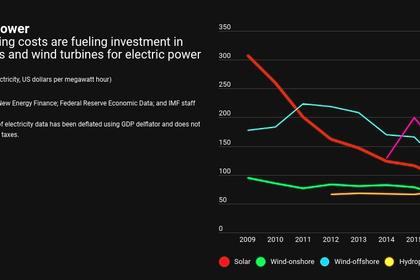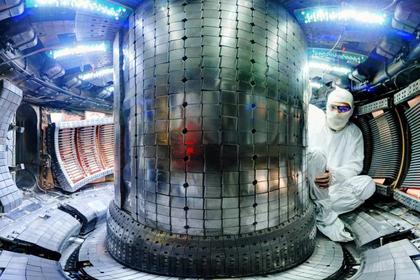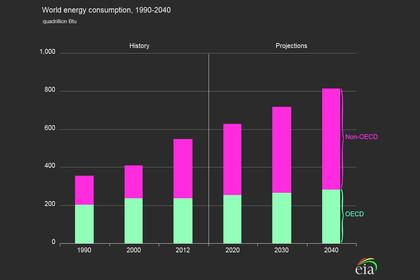
SOME PROBLEMS OF WORLD ENERGY
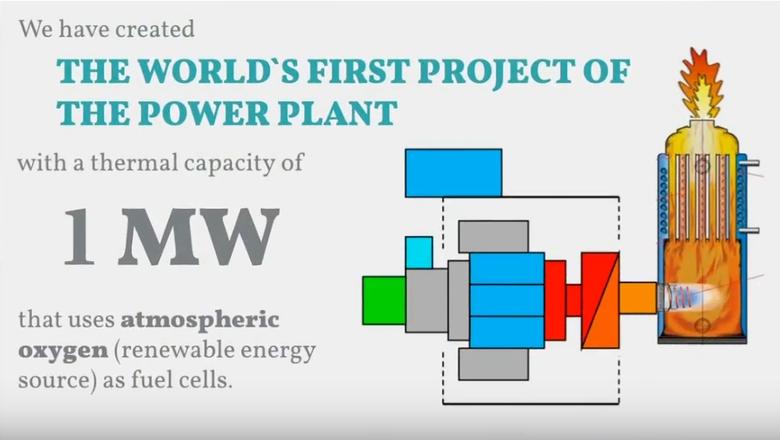
|
|
Aleksandr KostrytskyiOxygen power plant, "ION" Energy saving technology General Manager of the project "Oxygen Power Plant"
E-mail:anndress@ukr.net |
ENERGY CENTRAL - The increase in energy consumption in different countries is associated with the constant growth of their industry and is inevitable, despite various programs and stricter energy conservation standards, including those recommended by the Green Book.
And then, doesn’t any consumer want to live and work without constantly thinking about saving energy and its cost, which significantly hits every consumer’s pocket - both an industrial enterprise and a private individual?
Is there an opportunity to solve this problem at least for the near future? What type of energy is able to generate electricity in the necessary and ever-increasing volumes?
In this brief article we will try to characterize some ways of producing electricity. We will not talk about hydrocarbon energy - it is expensive, uses limited fuel supplies (oil, gas, coal) and pollutes the environment very much.
We consider only three types of electricity generation - nuclear, solar and oxygen.
1. Nuclear power.
Advantages and disadvantages of this type of energy generation:
- Low cost of electricity produced - about $ 0.015 per 1 kW / hour.
- The practical absence of environmental pollution.
- The specific cost of creating nuclear power generation is high and amounts to about $ 5000 per 1 kW of maximum power plant.
- The inability to create low-capacity power plants to provide energy to individual consumers.
- Radioactive waste (spent fuel) requiring very serious disposal or disposal.
- Imported fuel, stocks are coming to an end. Today, nuclear reactors use uranium-235 as their fuel, whose world reserves will be depleted before these reactors run out of life. There are huge reserves of uranium-238 in the world, but it cannot be used as fuel in modern nuclear reactors.
- Maximum emergency hazard. In the event of a serious nuclear reactor accident, you can turn the country into a dead zone. A good example of this is the accidents at Chernobyl (Ukraine) or Fukushima (Japan).
- Very difficult and expensive decommissioning of a power plant. The biggest problem of nuclear power and one of the main reasons for the extension of their service life. They built reactors, built them, but the time for their decommissioning is approaching, as they have served their time, and nobody knows what to do with it and where to put hundreds of thousands of tons of radioactive equipment and materials. Though take and fill the entire nuclear power plant with concrete, after the removal of spent fuel. But who can handle this? They have been fighting with Chernobyl alone for 30 years and there is no end to this fight.
So, the cheapest energy creates the most difficult and expensive problems.
2. Solar (panel) energy.
Advantages and disadvantages of this type of energy generation:
-Fuel for such energy generation is not required.
- No fuel waste.
- Lack of carbon dioxide production.
- Operational safety.
- Toxic waste from the production of solar cells and the disposal of the batteries themselves.
- Calculation of the power of a solar power plant taking into account daily and seasonal influences and the need for accumulation of a part of energy:
In the region of maximum solar radiation power (25 degrees to the North and South from the equator), about 1.5 kW of radiant energy per square meter of the Earth's surface falls. Half of the radiation is reflected by the earth’s atmosphere, but about 700 watts per square meter reaches the Earth’s surface (at noon).
Solar panels have an efficiency of around 18%. This means that 1 square meter of solar battery at noon can generate about 130 watts per hour. Closer to the morning and in the evening the battery power is reduced, and at night it is zero. The average daily power of the solar battery is about 40 W / h. If we consider that the consumer of electricity wants to receive it around the clock, it is clear that most of the electricity generated from noon will be used to charge energy storage devices, which will power consumers in the dark.
- The specific cost of creating a generation of solar energy is about $ 10,000 per 1 kW of the average power of the station (taking into account all factors). When manufacturers of solar power plants claim that their unit cost has dropped to $ 1,500 per 1 kW - this is a hoax. They indicate not the average daily and average seasonal power density of the power plant, but its maximum power at noon on a summer sunny day and forget to say that in the morning and in the evening the power of the solar power plant decreases, and at night it does not work at all. At the same time, if you want to have electricity around the clock, then most of the electricity generated on a sunny day should go to charge powerful energy storage devices (rechargeable batteries) due to which consumers will receive energy in the dark. Here, the problem also arises of covering peak loads, which the solar power industry is basically unable to compensate.
- It is necessary to take into account that the solar panels for each year of operation lose up to 10% of their original capacity and their real service life is about five years. At the same time, one sandstorm is able to completely disable the solar panels. Producers and distributors of solar power stations do not inform all their “little things” about their customers.
Solar power plants are widespread only because they do not constitute and will never compete with hydrocarbon energy.
In many countries, solar powerless use of special "green" tariffs is unprofitable and is used more, as some kind of exotic, allowing you to have an independent, albeit expensive power supply.
- The high cost of electricity produced due to the high cost of building such power plants and their low productivity, which makes solar energy unprofitable without the use of special "green" tariffs.
3. Oxygen energy.
Advantages and disadvantages of this type of energy generation:
- The specific cost of creating the generation of oxygen energy is minimal and is about $ 2,000 per 1 kW of maximum station power.
- The ability to create power plants of this type with a capacity of hundreds of kilowatts to millions of kilowatts per hour.
- Availability of fuel (oxygen) anywhere on the globe.
- Inexhaustible and renewable fuel reserves.
- Low cost of electricity produced - up to $ 0.01 per 1 kW / hour.
- Differential load (at least ten times) at such a power plant does not affect its operation.
- Complete absence of environmental pollution.
- Lack of waste (spent fuel) requiring recycling, disposal or disposal.
- Operational safety.
- The disadvantages of such stations include only the fact that this is a new technology that will be communicated at the first experimental power plant.
The table below presents a comparison of three types of power plants - nuclear, solar and oxygen - under the condition that their constant (daily average) power is the same and equal to one million kilowatts per hour.
Comparison of the characteristics of various types of power plants
|
.No. Item |
Indicators |
Nuclear Station |
Solar Station |
Oxygen Station |
|
1. |
Fuel Type |
Uranium-235 (X) |
Solar Radiation |
Oxygen |
|
2. |
Average cost of electricity, $ / kWh. |
0.015 |
0.20 |
0.01 |
|
3. |
energy source |
non-renewable |
Revolving |
Revolving |
|
4. |
negative impact on the environment |
Slight |
Slight |
Slight |
|
5. |
The area occupied station m |
|
|
2 600 000 40 000 000 200 000 |
|
|
manufacturing cost serial station million. $ |
5000 |
12 000 |
2 000 |
As can be seen from the above description and comparison of characteristics, none of the existing types of generation of electrical energy can compete with promising oxygen energy.
And, despite the existing opposition of the world energy lobby to the introduction of this technology, it will still be put into production and the country that will be the first to switch to oxygen energy will receive the greatest gains from it.
-----
Earlier:
